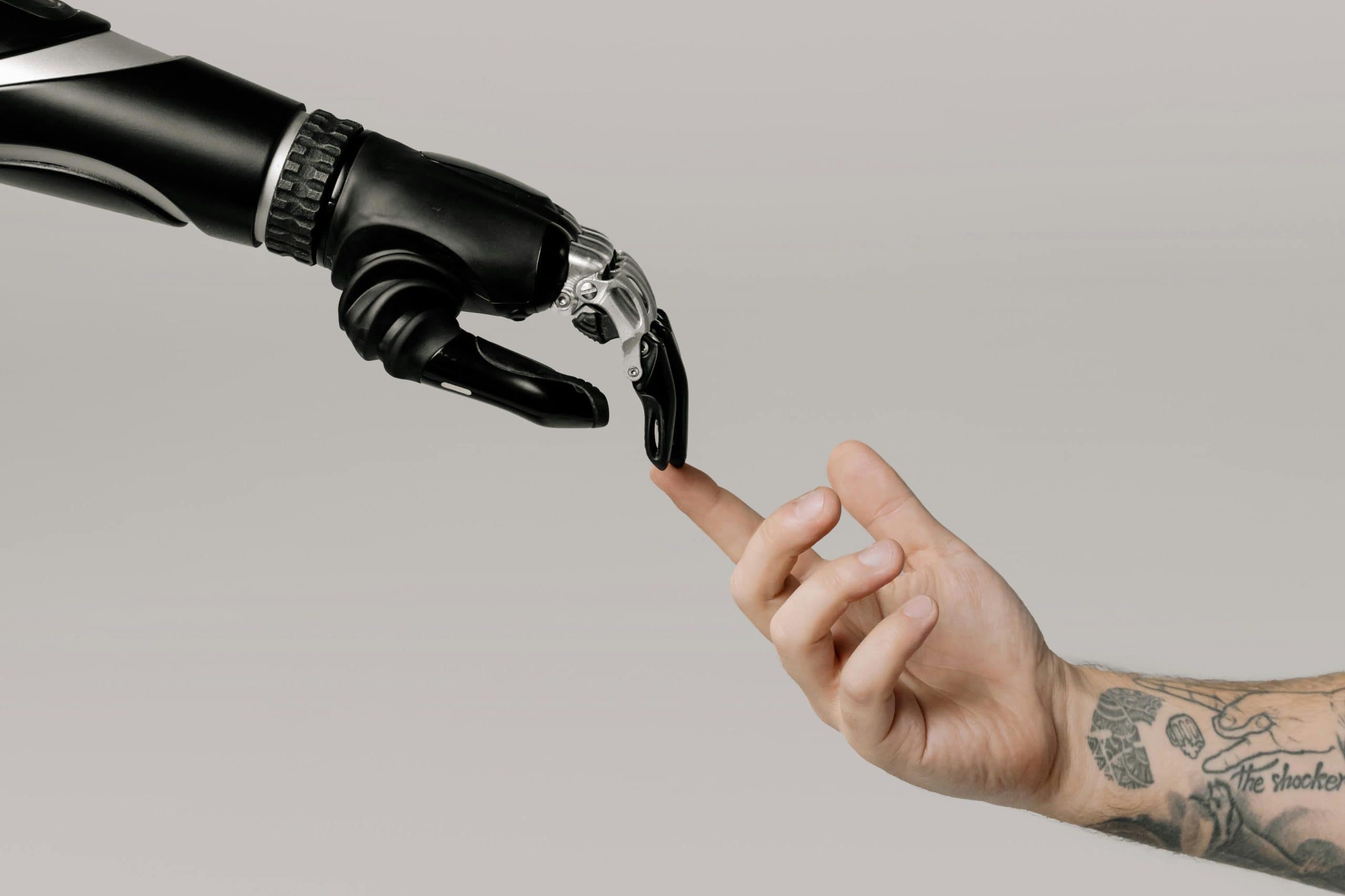Most people would love to know what the future holds. Some would probably want to know if they will be rich or have a fancy home. Others would simply like to know what the weather will look like on their birthday six months from now.
Predictive AI technology can tell you what the future holds — well, for your business, anyway. While you may need a crystal ball for yourself, the methodical process of predictive AI is far more practical. And it is far more reliable than a fortune teller’s sparkly ball.

How Predictive AI Predicts the Future
There is nothing mystical about predictive AI. This technology follows a pre-set process to learn about past patterns and behavior. It uses this information to build a data model to predict future events based on past events.
But, before it can tell you anything about the future, there are several steps predictive AI systems must follow. These include the following:
- Gather and preprocess data: All predictions start with data. When a predictive AI model can access the latest (and best quality) data, its predictions will be far more accurate.
Predictive AI models can also handle several data types, including numbers, text, and sensor data. However, no matter what data the model prefers, it cannot use raw data.
This is why predictive AI systems will always preprocess data into a format they can understand. It also means the data must be cleaned and organized before being changed into an understandable format.
- Model selection: The next step is choosing the correct AI model architecture. The most common architecture choices include machine learning algorithms like neural networks or decision trees.
Each of these architecture types has unique strengths and weaknesses. This makes the selection process crucial. Whichever one you choose should align perfectly with the task at hand.
Once selected, the AI model undergoes a specific training process. The model receives and digests prepared data to identify patterns, behavior, and relationships.
The training process is repetitive to constantly evaluate the model’s performance. This makes it easier to make adjustments so that the model becomes more accurate with its predictions.
- More evaluation: Completing the training process does not mean the AI model will automatically perform well. While it may impress using training data, it could fail spectacularly with unseen data.
That is why further evaluation is necessary after the initial training. A separate dataset is required for testing to determine the model’s generalizability. It is crucial to test the model’s ability to make accurate predictions beyond the training data.
Based on the outcome of the added evaluation, the model may need further refining. It is possible to do this by adjusting its original parameters. If this does not work, it may be necessary to start over, using a different model architecture.
- Predictive AI model deployment: If the AI model proves to work well after evaluation, it is ready to get to work. At this point, a business or organization will integrate the model into a system where it will continue to make predictions.
For instance, predictive maintenance models integrate with a factory’s digital control system. This allows factory workers to anticipate machine and equipment failures and take precautions.
Integration does not mean the end of the training process, however. Predictive AI models require constant monitoring to ensure they perform. When new data becomes available, models should be retrained to ensure their predictions stay relevant and accurate.
The Limitations of Predictive AI
Again, predictive AI does not work by magic, so it will have some limitations. While this technology is useful for forecasting future events in different business sectors, it can only work with the data it receives.
For instance, predictive AI models need high-quality data and enough of it to train themselves to make accurate predictions. If a model only gets biased or incomplete information, its predictions will reflect it.
Moreover, unforeseen variables can limit this technology. Such variables can influence any event, and AI models will struggle to predict anything in these situations.
This also means that predictive AI forecasts will always be a probability, not a certainty. For instance, those people wishing to know the weather forecast six months from now probably do not consider that an unexpected wind pattern shift could bring rain even if there is no rain prediction for a specific day.
In the same way, an unexpected shift could occur in a business, completely throwing out original AI predictions.
Is Predictive AI Fair and Transparent?
In 2024, everyone is wondering whether using AI in decision-making is ethical. After all, if there is bias in the original training data, it can lead to discriminatory predictions.
For example, if a bank’s loan approval model is trained on outdated historical data, it could produce biased forecasts that favor specific demographics.
Because it is not 100% clear how AI models arrive at their conclusions and forecasts, there is a lack of transparency. This ultimately decreases trust and raises several questions about accountability.
Developers must put extra effort into training predictive AI models with the latest data. It is the only way to ensure that models are trained transparently and provide unbiased forecasts and predictions.

Industries That Benefit the Most From Predictive AI Technology
These concerns aside, predictive AI continues to make waves in several business sectors. In finance, AI models accurately predict stock market trends and can help prevent fraudulent activities.
In healthcare, doctors use predictive AI to diagnose diseases earlier and predict patient outcomes. In the retail sector, predictive AI systems forecast customer demand and can even help marketers personalize advertising campaigns.
Predictive AI also helps prevent disruptions in the supply chain industry by predicting potential logistics failures.
As this technology expands and evolves, it will continue transforming other business sectors worldwide.
Predictive AI Points the Way Towards a More Efficient Future
There is nothing crystal about the predictive AI ball. Instead, this technologically advanced ball will keep rolling everyone toward a more efficient future filled with proactive risk management and optimized decision-making.